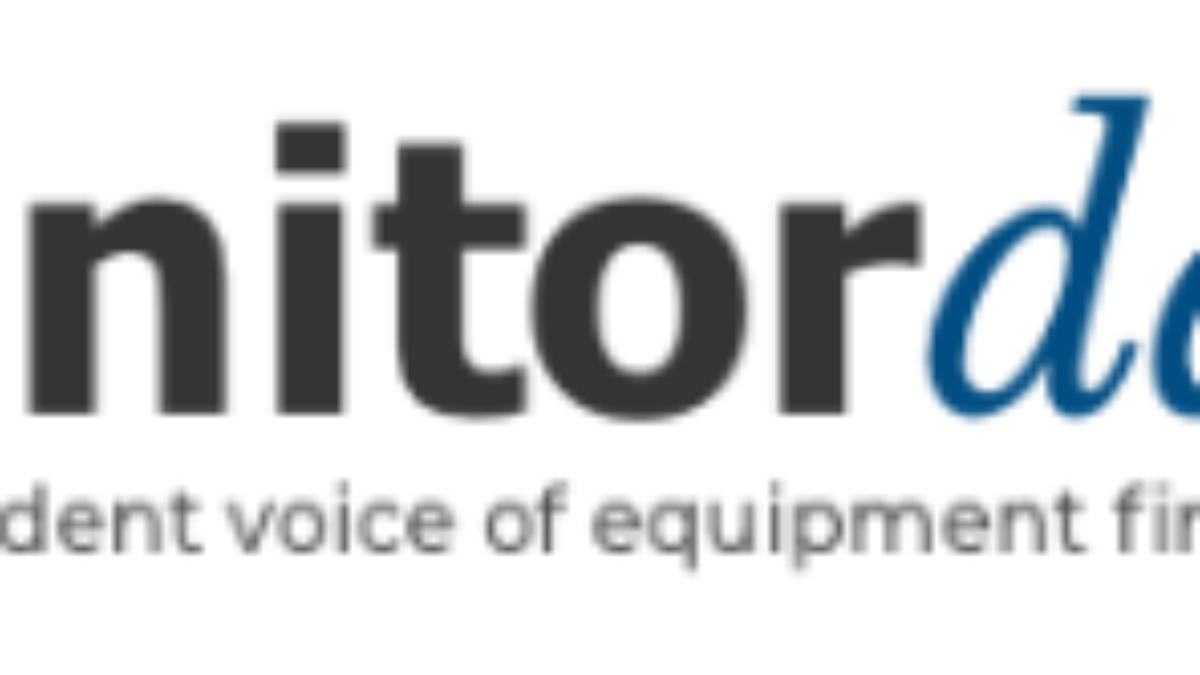 If you’re in need of a packaging machine—whether it’s for your new business or you want to upgrade your system to grow business—financing the equipment lease is a viable option because packaging machinery can be a very expensive capital outlay. Packaging machine financing is worth considering, especially when you’re trying to stay within a certain budget for your manufacturing or distribution business or keep as much cash on hand as possible to fund ongoing operations.
If you’re in need of a packaging machine—whether it’s for your new business or you want to upgrade your system to grow business—financing the equipment lease is a viable option because packaging machinery can be a very expensive capital outlay. Packaging machine financing is worth considering, especially when you’re trying to stay within a certain budget for your manufacturing or distribution business or keep as much cash on hand as possible to fund ongoing operations.
There are specific things to keep in mind when you’re making plans to obtain or upgrade packaging machinery, so here are a few tips to help you determine if packaging machine financing is the right choice for you.
No One Understands Your Business or Its Packaging Needs Like You Do
Businesses of all kinds need packaging machinery. From the food and beverage industry to healthcare and pharmaceuticals, this machinery can be key in helping a company stay on the cutting edge and competitive.
Even the difference between two seconds and three seconds in production can be incredibly significant to winning business, and therefore a company’s growth potential. This is why acquiring or upgrading to newer, more advanced packaging machinery can be well worth your investment.
However, state-of-the-art packaging equipment typically requires fairly high up-front costs. This is where packaging machine financing can make an even better piece of equipment attainable and affordable. Packaging machinery costs can be spread out over time, meaning you won’t need to delay upgrades until the time is right. Increasing packaging speed, ensuring correct weights, changing the package material, and more impacts quality and reliability. If you suspect or know that your packaging machine or system is undermining speed and quality, you can’t afford to wait for the right time.
Ask Yourself the Right Questions
Business investments are made with your company’s future in mind. When going through the process of acquiring or upgrading packaging machinery, a few of the questions you’ll need to answer are:
- How many machines will you need?
- How often you will be using the machinery?
- Are your investors willing to pay for machinery? If not, can you afford to buy the machinery?
- Do you need the machinery for a short-term project or will you need it permanently?
The answers to the above will help you and your leasing partner choose the best leasing solution for your situation.
Determine if Leasing or Financing is Better for Business
If your company only needs the packaging machinery for a certain period of time, your best bet is probably leasing it. However, if you’re using the packaging machine long-term, you should finance it for the best return on your investment.
Packaging machine financing allows you to have access to the machinery and begin using it to package products (and generate revenue), while freeing up the “extra” money that you would use up if you bought the machinery outright.
READ: Save Cash When Leasing Equipment
Success is in the Bag
When you take advantage of packaging machine financing, you have more money to invest back in your business. This money can go towards more skilled employees, marketing efforts, consultation, and much more. You’ll have the machinery you need, but you’ll also have more of a budget to fund other business objectives. This will help your company progress and thrive, which will help you compete in your field.
If you’re thinking about packaging machine financing, but have questions, please contact us at Global Financial & Leasing Services. We have expertise in the field of packaging machine financing, and we would love to help you.


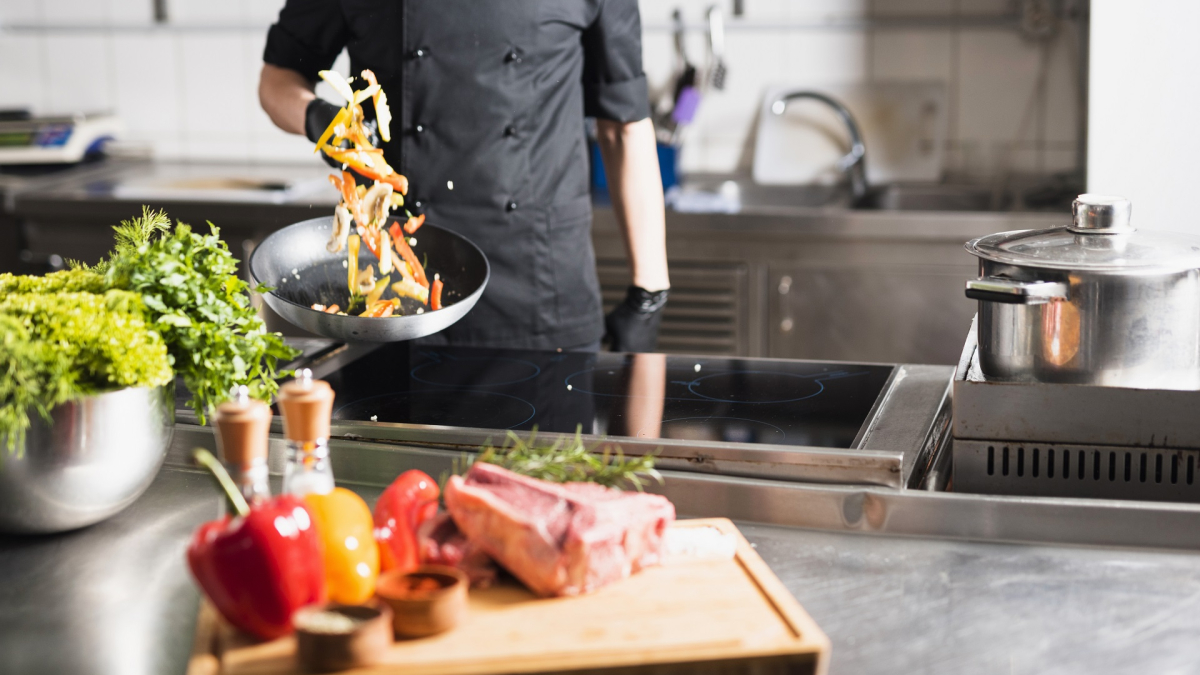
 If you’re opening your own restaurant, you know very well that there are many factors and expenses that go into doing it right—just like any business. And, one of the heaviest financial burdens for those opening a new restaurant is the equipment that your establishment requires.
If you’re opening your own restaurant, you know very well that there are many factors and expenses that go into doing it right—just like any business. And, one of the heaviest financial burdens for those opening a new restaurant is the equipment that your establishment requires.
 At the heart of every great bakery is an even greater oven. This piece of equipment is perhaps the most crucial investment you will make as a bakery owner. After all, every detail of the hard work and preparation you put into your baked goods is going to culminate in the baking process.
At the heart of every great bakery is an even greater oven. This piece of equipment is perhaps the most crucial investment you will make as a bakery owner. After all, every detail of the hard work and preparation you put into your baked goods is going to culminate in the baking process.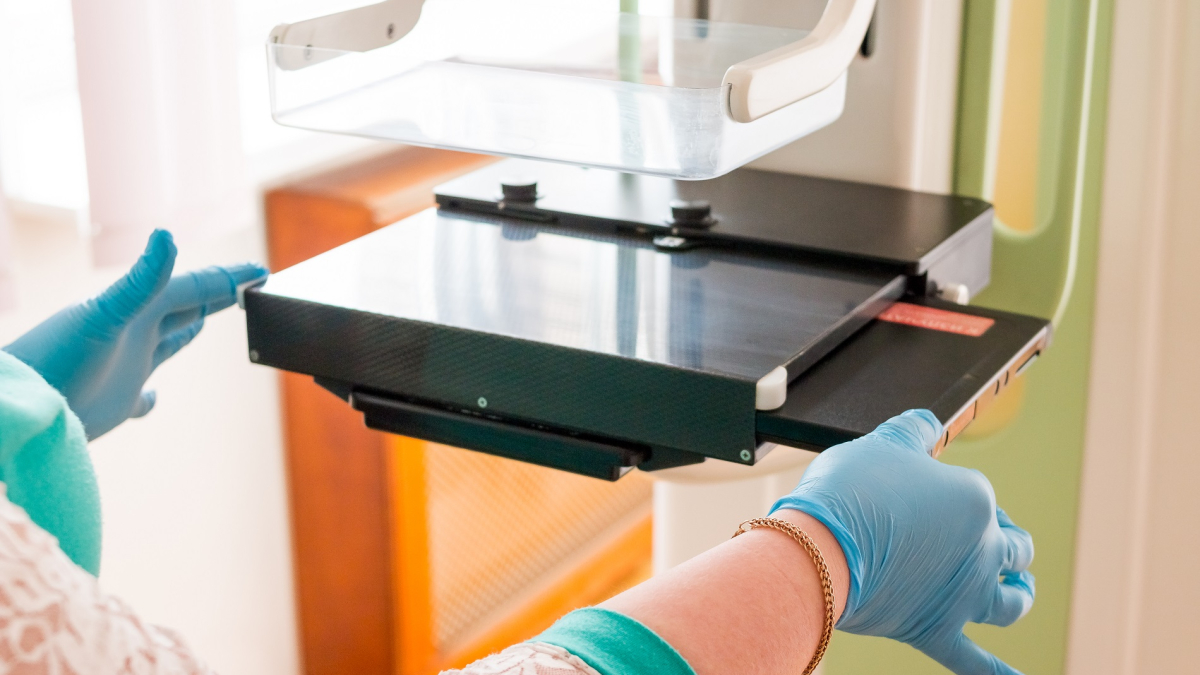
 You might think that only large hospitals and medical facilities purchase x-ray and ultrasound equipment, and smaller facilities and practices finance medical equipment leases. After all, the larger facilities are more likely to have the capital to invest in buying x-ray and ultrasound devices, whereas a smaller or new facility probably doesn’t, and if it did, it’s likely that capital would need to be reserved for other expenses and operational items.
You might think that only large hospitals and medical facilities purchase x-ray and ultrasound equipment, and smaller facilities and practices finance medical equipment leases. After all, the larger facilities are more likely to have the capital to invest in buying x-ray and ultrasound devices, whereas a smaller or new facility probably doesn’t, and if it did, it’s likely that capital would need to be reserved for other expenses and operational items.
 Like you and your staff advocate for patient care, the Global Financial & Leasing Services (GFLS) team is your advocate in
Like you and your staff advocate for patient care, the Global Financial & Leasing Services (GFLS) team is your advocate in 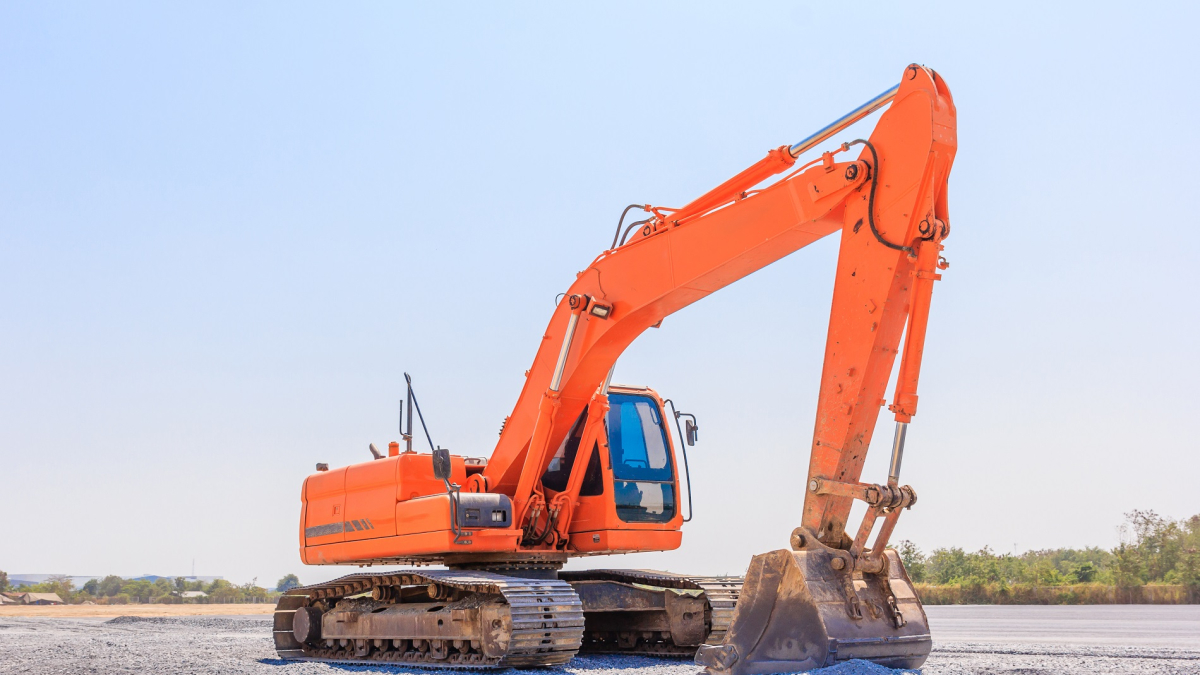
 With construction leading the way in our current economy, it’s no surprise that small and mid-sized companies are taking advantage of the boom and investing in heavy equipment like excavators. These machines help them take on projects previously out of their reach. Also, financing new or gently used excavators beefs up a company’s fleet. However, excavators are a serious investment and purchasing outright is a large capital outlay. This makes buying outright out of reach for many business owners who don’t have that kind of capital or prefer to keep it on hand for other purposes.
With construction leading the way in our current economy, it’s no surprise that small and mid-sized companies are taking advantage of the boom and investing in heavy equipment like excavators. These machines help them take on projects previously out of their reach. Also, financing new or gently used excavators beefs up a company’s fleet. However, excavators are a serious investment and purchasing outright is a large capital outlay. This makes buying outright out of reach for many business owners who don’t have that kind of capital or prefer to keep it on hand for other purposes.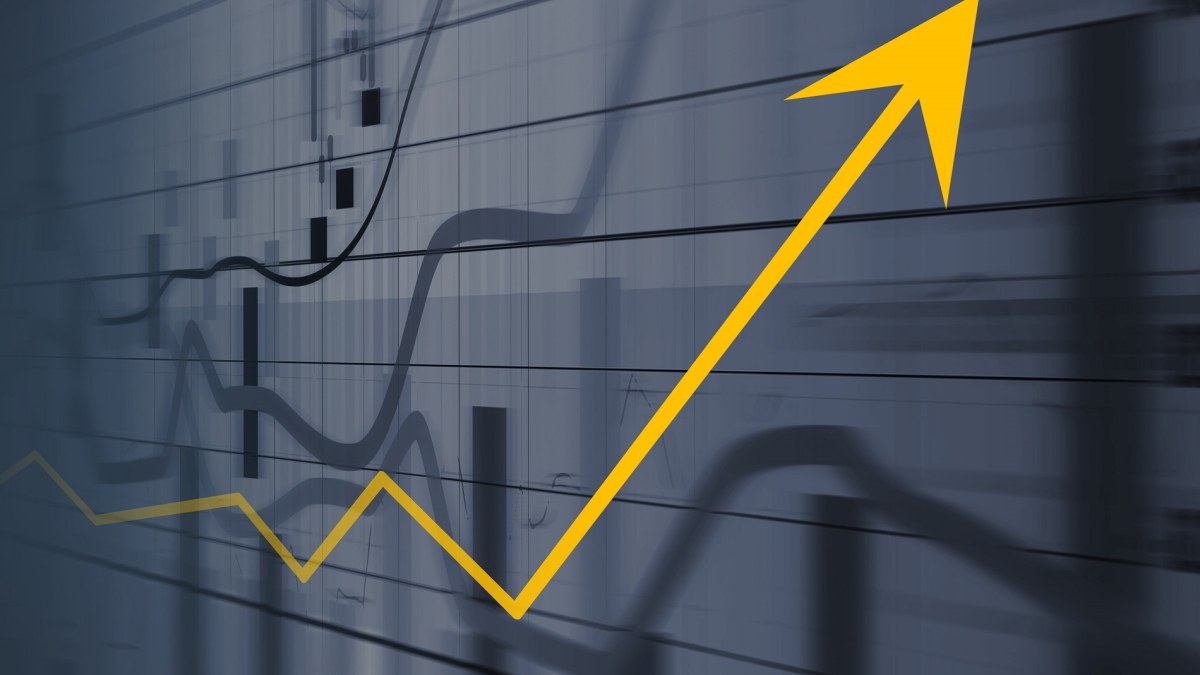
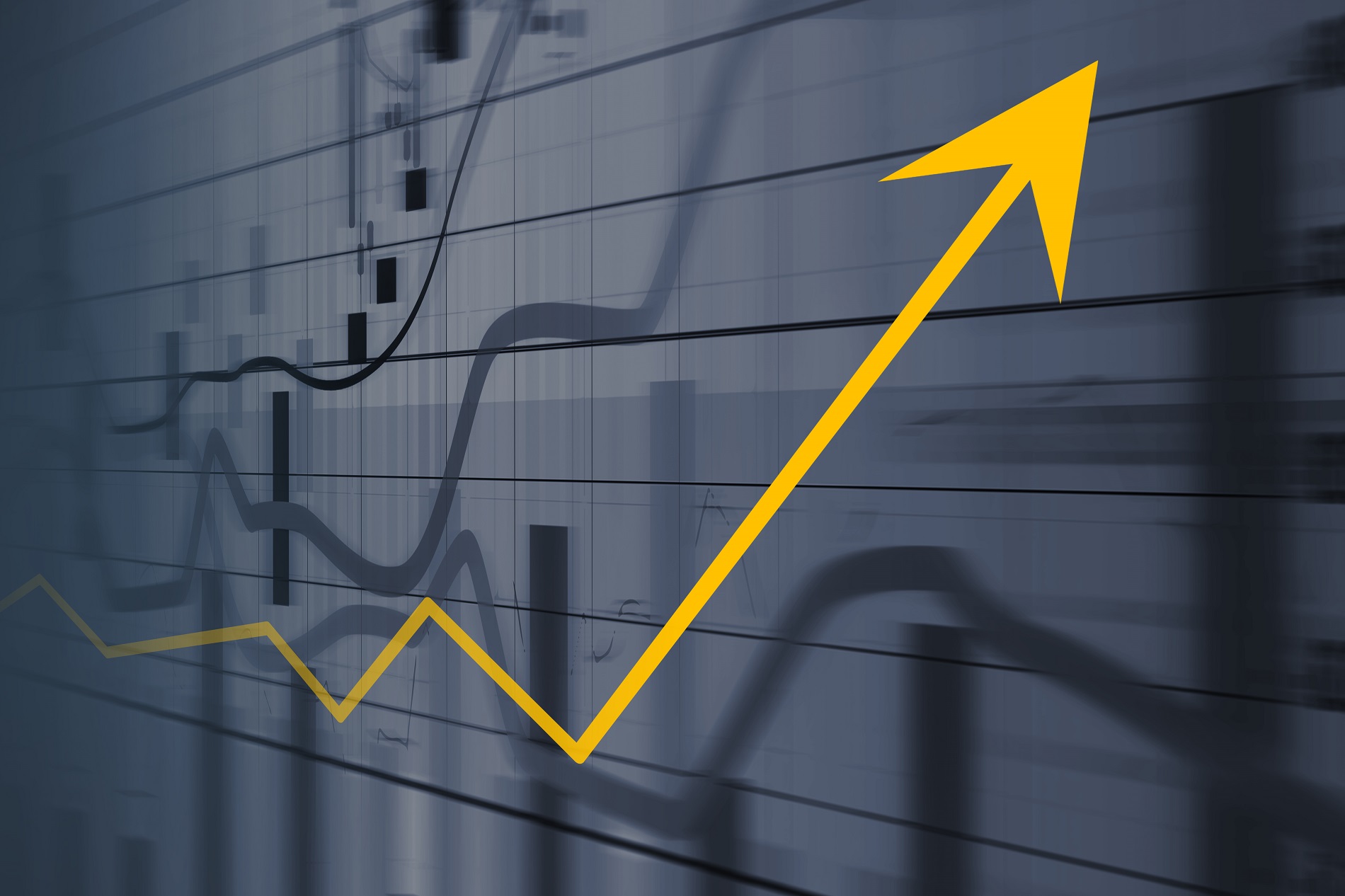 The Association of Equipment Manufacturers (AEM) recently published an article on the
The Association of Equipment Manufacturers (AEM) recently published an article on the 
 A solid business plan does many things for a business owner. It provides a clear road map which outlines the future of the business. It sets goals and holds a business owner accountable to them. It explains what the company is, who it serves, and how it works. It is the overall what, why, and how of a company. And perhaps most importantly, a business plan can make the difference between getting gaining crucial funding for equipment leasing or not.
A solid business plan does many things for a business owner. It provides a clear road map which outlines the future of the business. It sets goals and holds a business owner accountable to them. It explains what the company is, who it serves, and how it works. It is the overall what, why, and how of a company. And perhaps most importantly, a business plan can make the difference between getting gaining crucial funding for equipment leasing or not.
 For most business owners, the thought of drafting a business plan sounds like paperwork—something you should do, but just can’t get excited about because you have a business to get off the ground or run.
For most business owners, the thought of drafting a business plan sounds like paperwork—something you should do, but just can’t get excited about because you have a business to get off the ground or run.